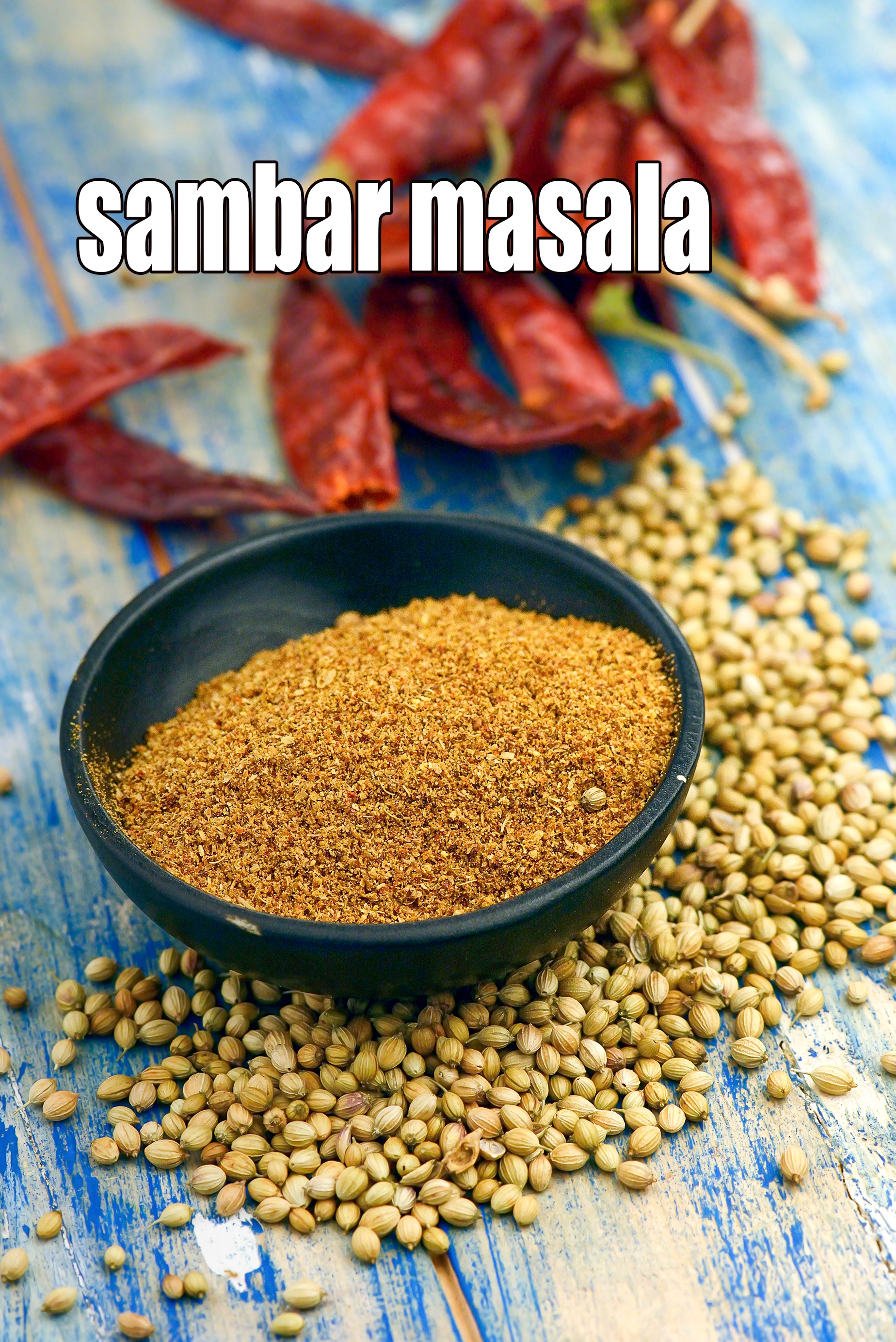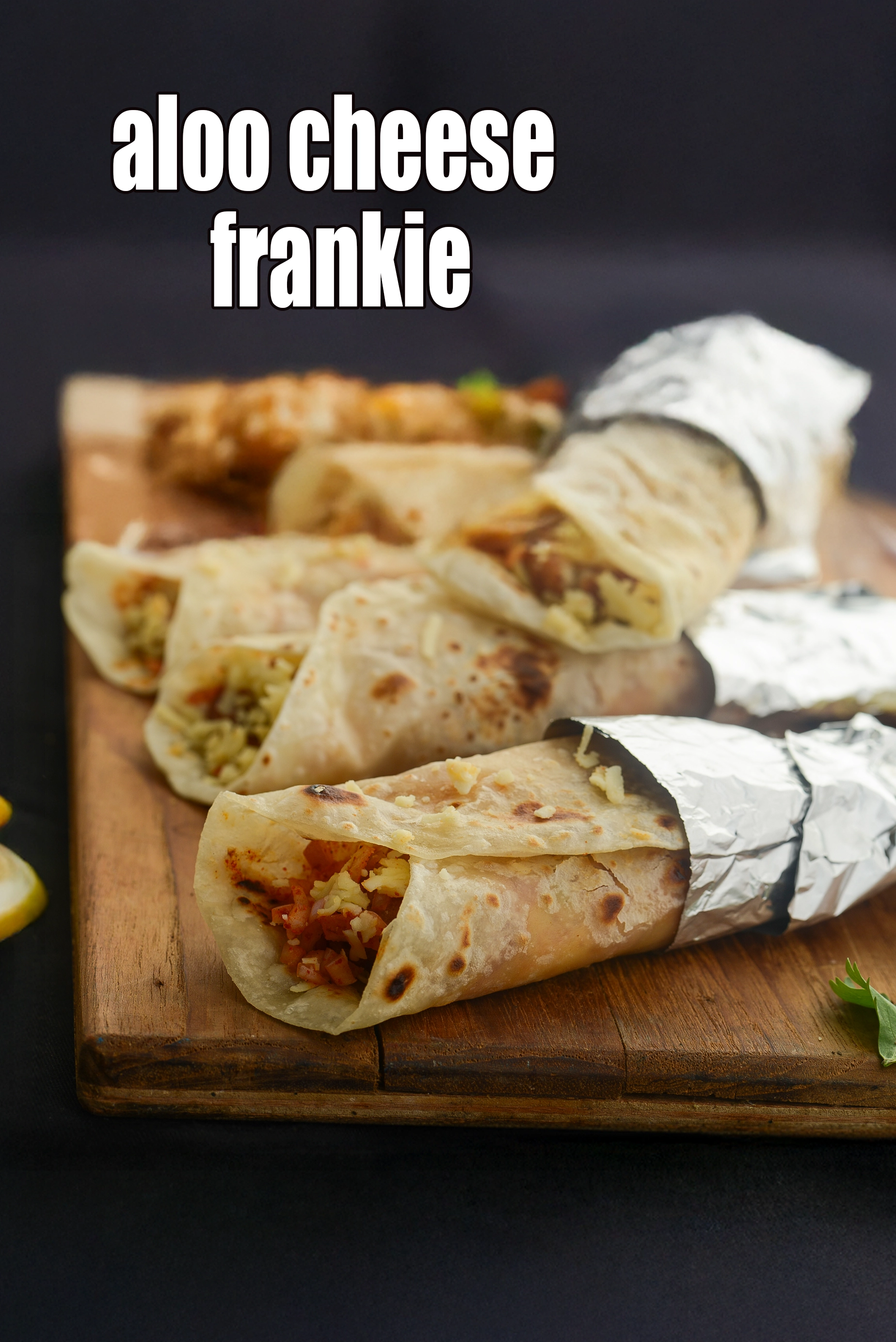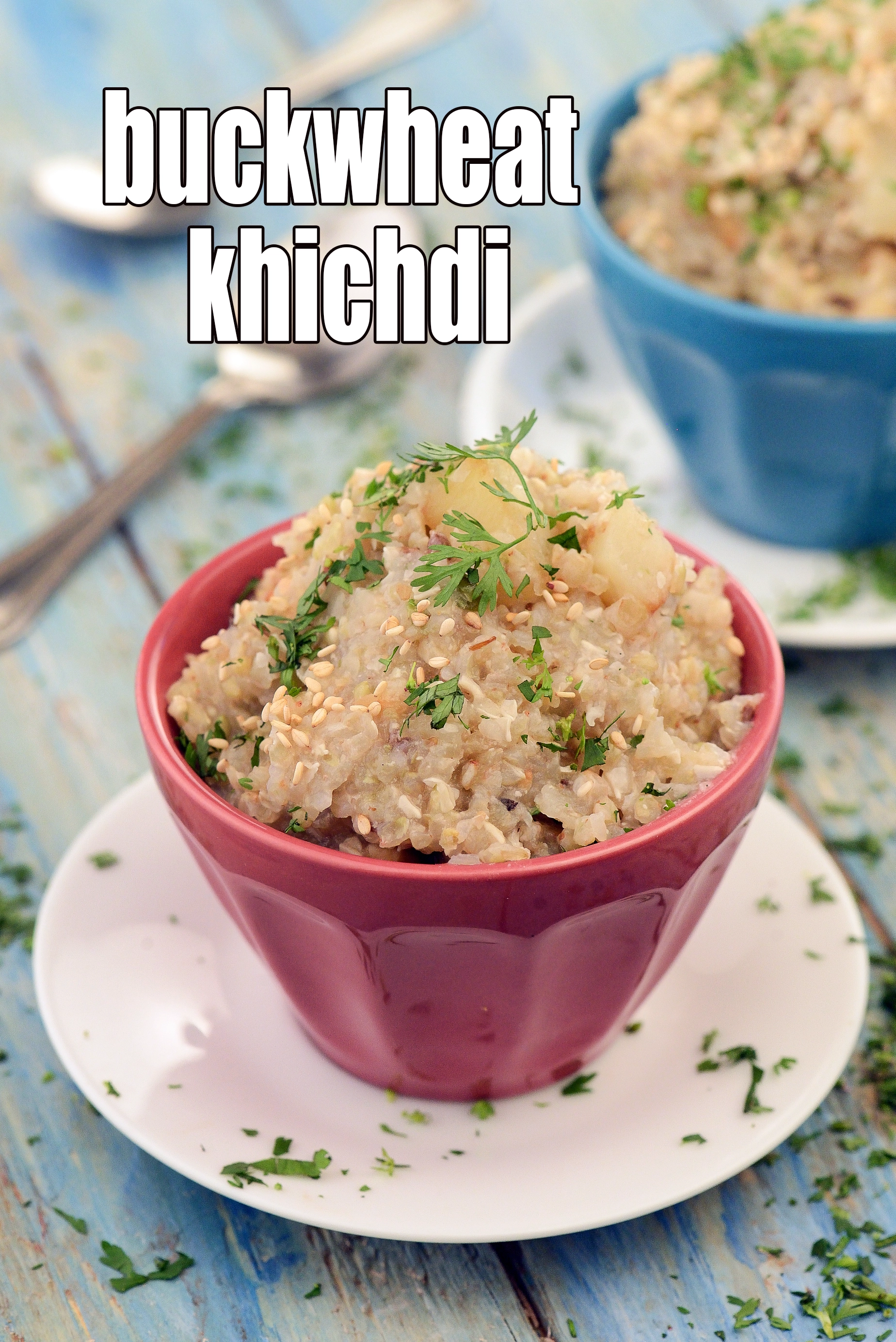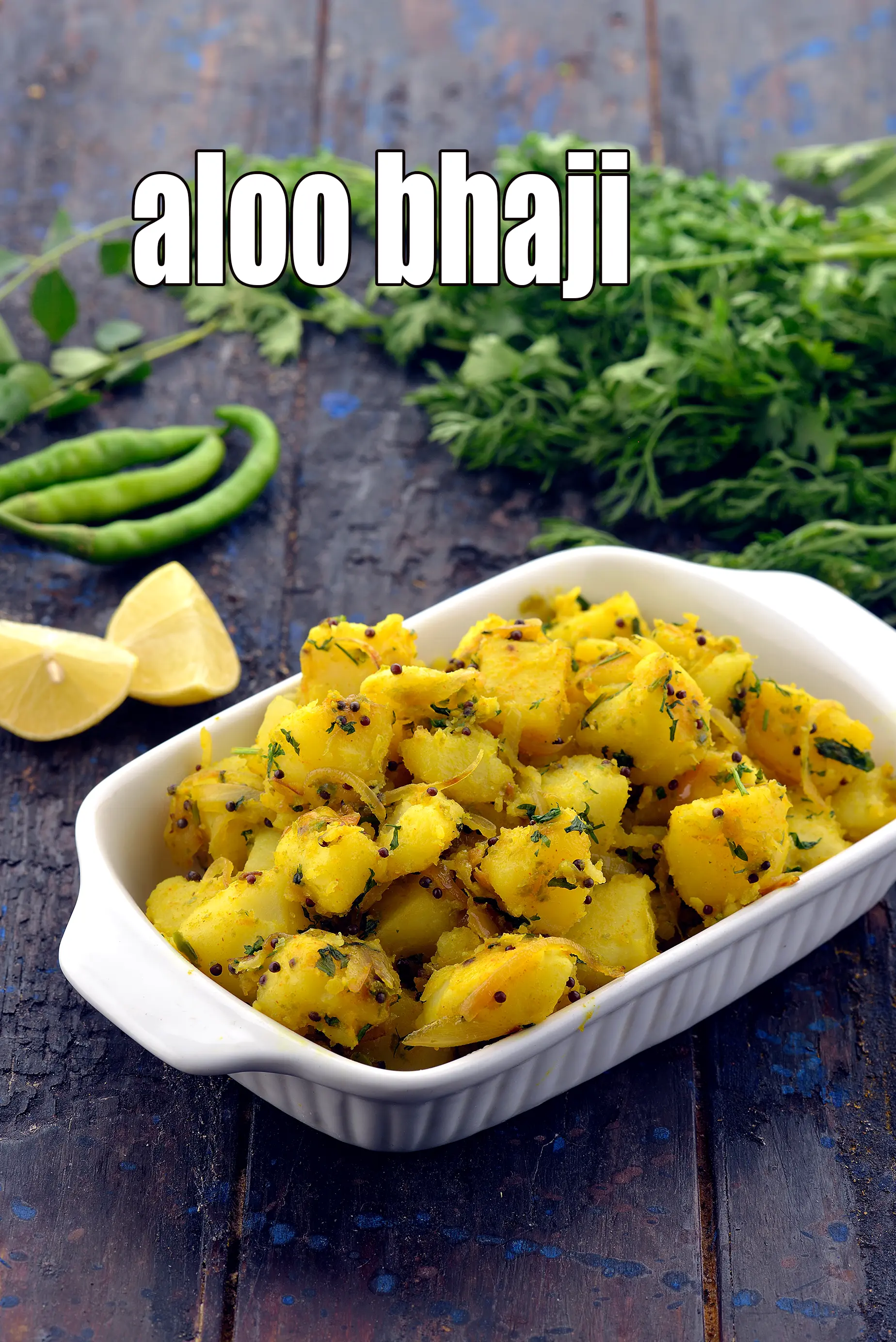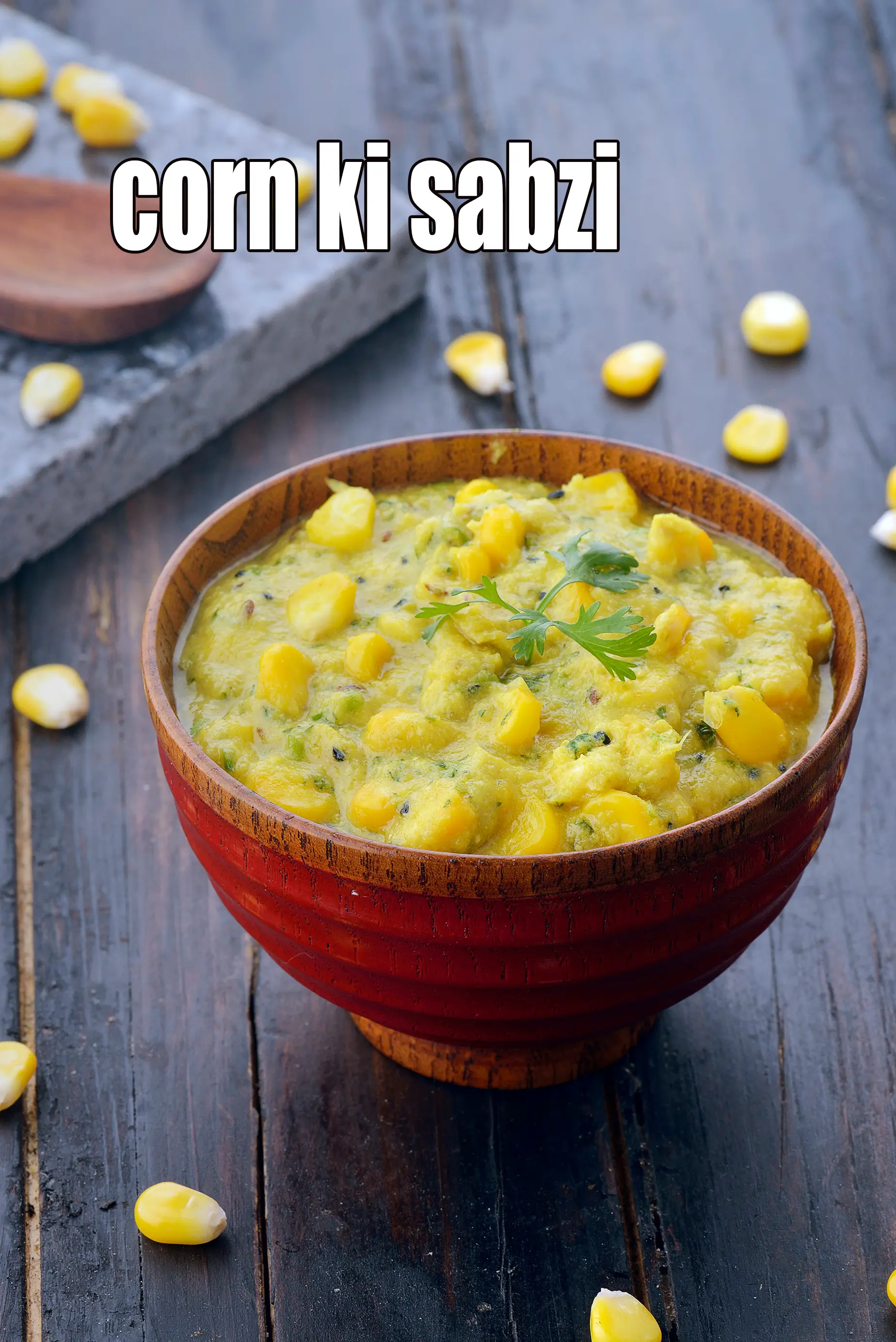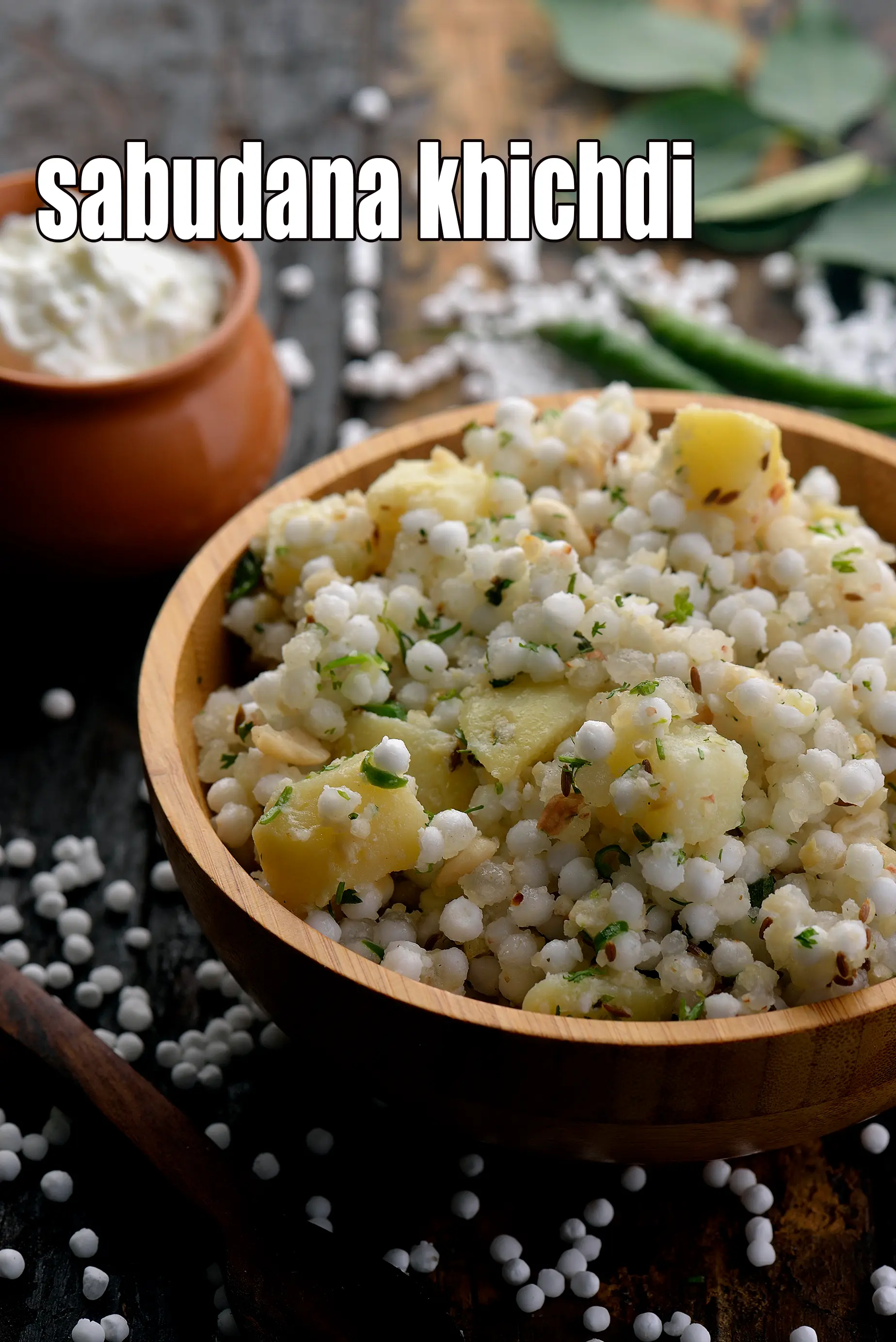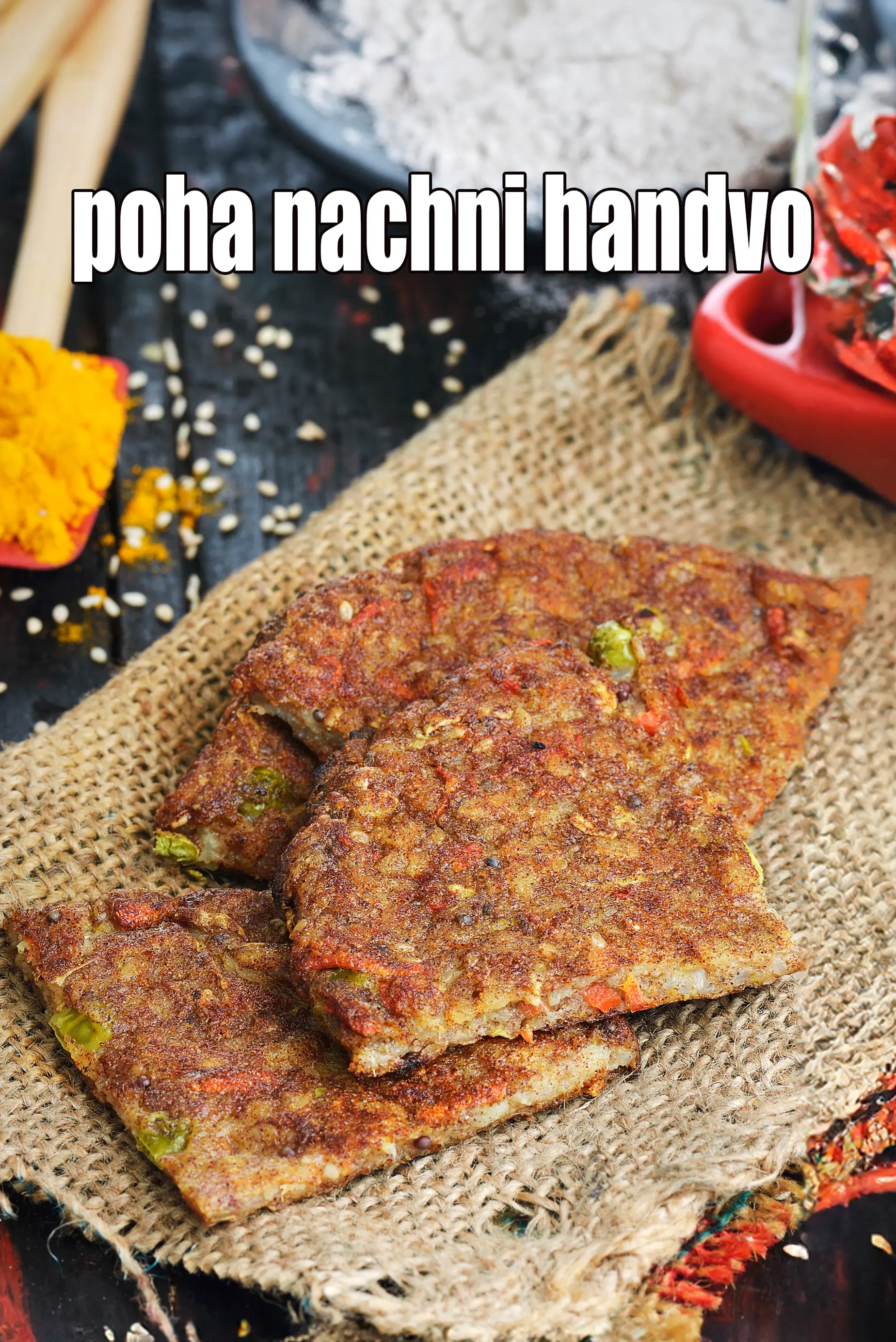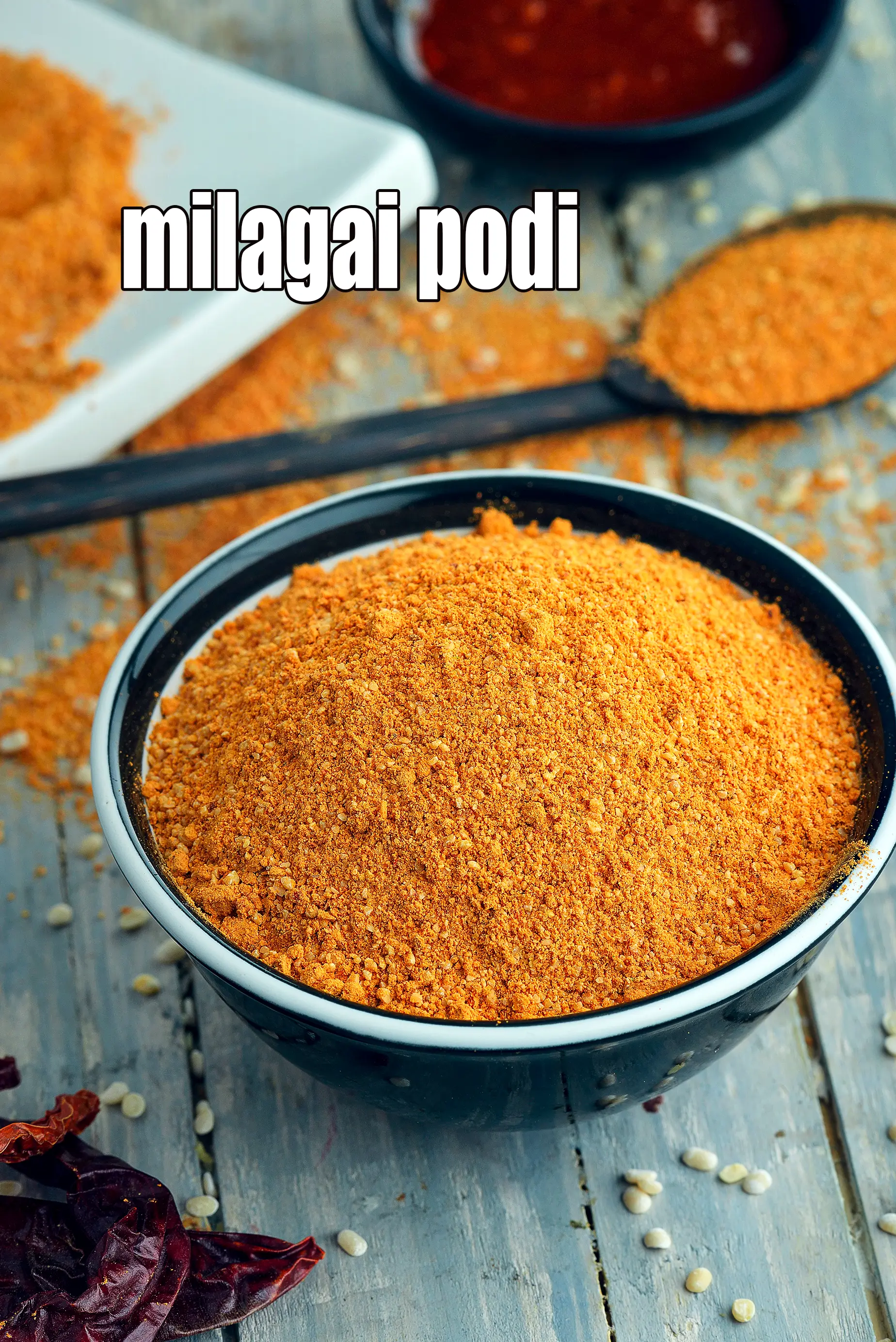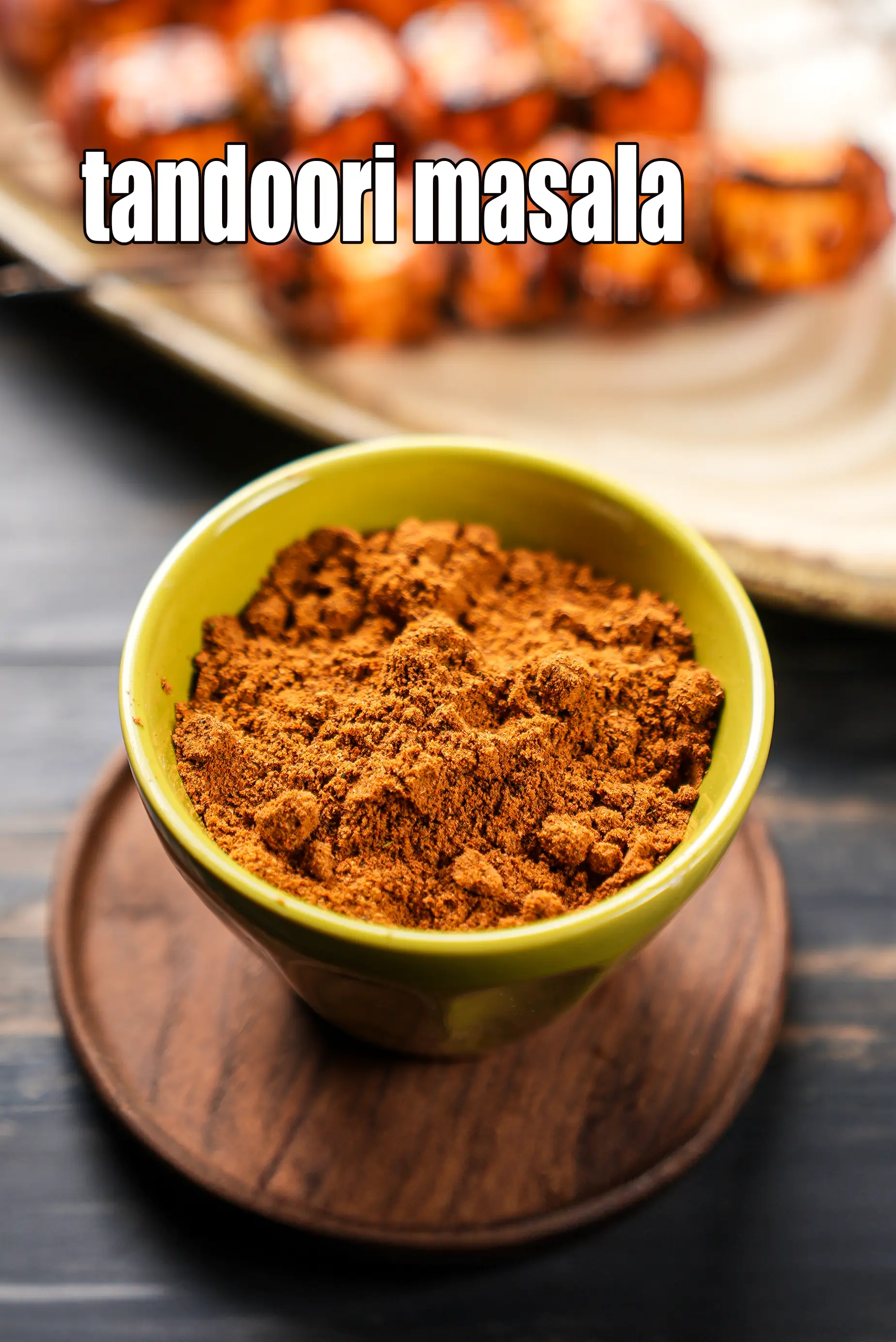Nutritional Facts of Oats and Poha Sukha Bhel, Calories in Oats and Poha Sukha Bhel
This calorie page has been viewed 9272 times
Course
Healthy Indian Recipes
Healthy Indian Recipes
How many calories does one serving of Oats and Poha Sukha Bhel have?
One serving of Oats and Poha Sukh Bhel gives 149 calories. Out of which carbohydrates comprise 115 calories, proteins account for 20 calories and remaining calories come from fat which is 14 calories. One serving of Oats and Poha Sukh Bhel provides about 7 percent of the total daily calorie requirement of a standard adult diet of 2,000 calories.
See Oats and Poha Sukha Bhel recipe. Sukha Bhel is now a world famous snack, as it is not only tasty but convenient too, for both serving at parties and for carrying along in a picnic basket!
You can make the sukha chutney is advance, keep the dry ingredients also ready, and toss it up any time you feel like. Here is a healthier version of the traditional recipe, made by reducing the quantity of puffed rice and adding more of oats and beaten rice, which are not only full of iron and fibre but also low in glycemic index, which helps maintain proper blood glucose levels.
You can also add more interesting ingredients like pomegranate or other chopped fruits and veggies to the Oats and Poha Sukha Bhel, for added taste and nutrition.
Oats and moong dal combine excitingly with an assortment of Indian spices to make a fibre and protein rich snack that will satisfy the food lover and health freak in you! To get perfect Oats Moong Dal Tikkis, shape them thinly and cook on a slow flame to ensure complete and uniform cooking. These tikkis are quite filling, and if used to make burgers, can end up as a snacky meal!
Is Oats and Poha Sukha Bhel healthy?
Yes, this is healthy. But restrictions apply to some.
Let's understand the Ingredients.
What's good.
Oats : Oats are a great source of protein for Vegetarians. It is rich in soluble fibre (to make it good for diabetics), which helps lower blood LDL cholesterol, the so-called "Bad" cholesterol. Whole Oats have an antioxidant called Avenanthramide (a polyphenol from oats) which helps lower blood pressure levels. Soluble fibre absorbs water and swells and to become gel like substance which helps in the absorption of nutrients like B Vitamins and minerals like Magnesium and Zinc which are key to a good heart. See here why oats are good for you?
Tomatoes : Tomatoes are extremely rich source of Lycopene. Tomatoes are a powerful antioxidant, super rich in Vitamin C, good for heart. Tomatoes are a Pregnant women's friend and are rich in Folate or Folic Acid which helps your body to produce and maintain new cells, especially red blood cells. Read about 13 amazing benefits of tomatoes.
Onions (pyaz, kanda) : Raw onions are a very valuable source of vitamin C – the immune building vitamin. Along with other phytonutrients from onions, it helps to build WBC (white blood cells) which serves as a line of defence against illness. Yes, it’s a source of many antioxidants, the most important one amongst them being Quercetin. The quercetin which promotes production of HDL (good cholesterol) and lowers total cholesterol in the body. The sulphur in onions act as a blood thinner and prevents blood clotting too. This in turn would lower blood pressure and good for heart, diabetics. Read the benefits of onions.
Coriander (kothmir, dhania) : The antioxidants vitamin A, vitamin C and the quercetin present in coriander works towards strengthening our immune system. Coriander is a fairly good source of iron and folate – the 2 nutrient which help in the production and maintenance of red blood cells in our blood. Good for reducing cholesterol and good for diabetics. Read 9 benefits of coriander to understand details.
Mint Leaves (Pudina) : Mint (pudina) being an anti-inflammatory reduces the inflammation in the stomach and shows a cleansing effect. Sipping on a healthy drink like fresh mint and lemon tea is the best option to overcome nausea for mums-to-be. Moreover it's vitamin A (10% of RDA) and vitamin C (20.25%) serve as an additional boost to bring relief from cough, sore throat and also cold. See here for detailed benefits of mint leaves.
What's the problem?
Poha ( Beaten rice) : Pros for poha. High iron count (2.67 mg in a cup) of poha. Most people prefer eating poha for breakfast. The reason behind it is its high carb count. Poha helps us accomplish nearly 5% of potassium requirement which will control blood pressure and sustain cardiac health and further aids in controlling blood cholesterol too. Cons. Due to high carb content it is not good source of diabetic food. With calories to add along with carbs and not much fiber, poha should logically be constrained by those who intend to lose weight. High protein, less carbs and more fiber should be the target of weight watchers. Read is poha healthy?
Puffed rice (Kurmura, murmura, mamra): Puffed rice isn’t a very wholesome cereal, as it is devoid of most nutrients including protein and fiber. So it is best avoided by weight watchers and diabetes. However if you wish to consume it occasionally, the best idea would be to add in ingredients like sprouts, fruits and /or veggies to puffed rice and create a dish which is flavourful and more healthy. But for an ingredient (puffed rice) to qualify for weight loss, low calorie isn’t the only green signal. Protein and fiber are equally important. The ingredients should be a good source of these 2 key nutrients as well. Protein is required to build muscle and aid in weight loss, while fiber is needed to keep you full for long hours and avoid binge eating. See is puffed rice healthy?
Can diabetics, heart patients and over weight individuals have Oats and Poha Bhel ?
Yes, this recipe is good for diabetics, heart and weight loss BUT have it in restricted quantity. PROS. Oats are a great source of protein for Vegetarians. It is rich in soluble fibre (to make it good for diabetics), which helps lower blood LDL cholesterol, the so-called "Bad" cholesterol. The sulphur in onions act as a blood thinner and prevents blood clotting too. This in turn would lower blood pressure and good for heart, diabetics. CONS. Due to high carb content it is not good source of diabetic food. With calories to add along with carbs and not much fiber, poha should logically be constrained by those who intend to lose weight.
Puffed rice isn’t a very wholesome cereal, as it is devoid of most nutrients including protein and fiber. So it is best avoided by weight watchers and diabetes.
Can healthy individuals have Oats and Poha Bhel?
Yes, this is okay to have. Note that some ingredients like poha and puffed rice are not very healthy but adding oats and vegetables makes this bhel reasonably healthy.
How to burn 149 calories that come from one serving of Oats and Poha Sukha Bhel?
| Walking (6 kmph) = | 45 | mins |
| Running (11 kmph) = | 15 | mins |
| Cycling (30 kmph) = | 20 | mins |
| Swimming (2 kmph) = | 26 | mins |
Note: These values are approximate and calorie burning differs in each individual.
| Energy | 149 cal |
| Protein | 5.1 g |
| Carbohydrates | 28.7 g |
| Fiber | 3.1 g |
| Fat | 1.7 g |
| Cholesterol | 0 mg |
| Vitamin A | 348.5 mcg |
| Vitamin B1 | 0.3 mg |
| Vitamin B2 | 0.1 mg |
| Vitamin B3 | 1.1 mg |
| Vitamin C | 15.8 mg |
| Folic Acid | 25.2 mcg |
| Calcium | 47.3 mg |
| Iron | 4.7 mg |
| Magnesium | 56.8 mg |
| Phosphorus | 122.1 mg |
| Sodium | 8.8 mg |
| Potassium | 189.7 mg |
| Zinc | 0.8 mg |

Click here to view Oats and Poha Sukha Bhel
Calories in other related recipes

